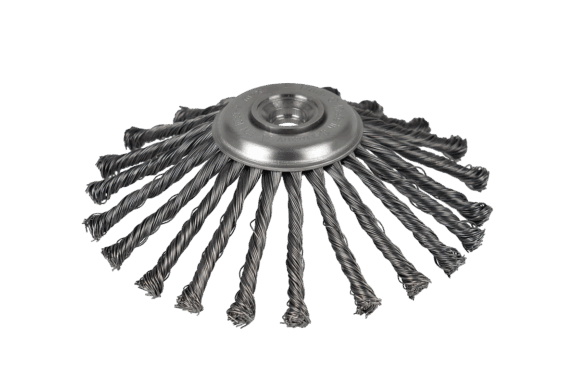Video: Gordon Brush Creating Jobs in the City of Industry
Ken Rakusin Keeping Business Local
In 1990, Ken Rakusin took the position of president at Gordon Brush Manufacturing Company, but he was not sure what he was getting himself into. The company was based out of a dark and rundown 15,000 square foot facility.
“We had 22 employees. I mean, this was a little, tiny company that was on the verge of going out of business, and every year, for the next six years, I was able to double the company’s profits,” Rakusin said.
Thirty-one years later, Rakusin says there are 200 employees in a 182,000 square foot facility — where they make more than 17,000 types of brushes for many industries, including medical, aerospace, janitorial and military. Other states recruit Rakusin to set up shop, but he remains committed to keeping jobs in the City of Industry, California, despite an increasing number of manufacturers going overseas for cheaper labor.
“I could put a lot of money in my pocket if I outsourced everything and I went to China, I went to Mexico,” he says. “But I also have this loyalty to my employees. We have people that have been here in excess of 35, 40 years. Our plant manager used to be the janitor.”
However, one challenge of staying put in the U.S. is finding workers who have the skills or the desire to work a blue-collar job.
“Nobody that works in a factory that when they were going through school said, ‘Gee, I want to make brushes for a living,'” Rakusin said. “It doesn’t happen.”
It is an issue that Joanna McClaskey, the executive director of the Industry Business Council, is looking at as part of the Made in the City of Industry initiative. The goal is to keep existing manufacturers, which provide about 17,000 local jobs, or 25% of total employment, and attract new ones to the city.
“As far as employment goes, they are the biggest bang for the buck, so the more manufacturers you have, the more amount of people that you can employ in that space that you have,” she says.
McClaskey says the council is studying the top industries in the city, determining which ones have the potential to grow and learning the demographics of the best manufacturing workers.
“Where do they live? What is their family size? How old are they? Where are they from? We’ve done a lot of things in the past through community colleges, and we’re finding that that’s not the demographic for a really good manufacturing worker,” she said.
“There are so many people that college is not their first choice of what they should do in their life,” Rakusin says. “They might want to work with their hands. They have this great mechanical mind, or they have this great mind where they love to see machines work and operate and design machines.”
He ultimately wants to see more education in the U.S. geared toward those who work best with their hands, preparing them for blue-collar jobs critical to the economy.
Learn more about Gordon Brush at www.gordonbrush.com.


